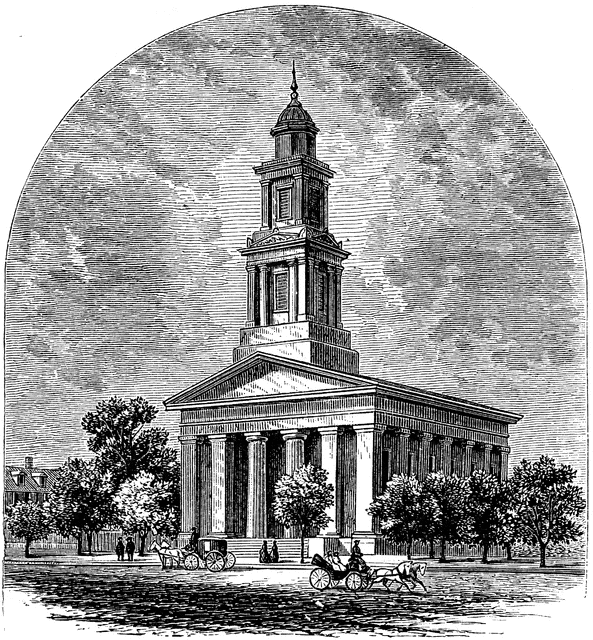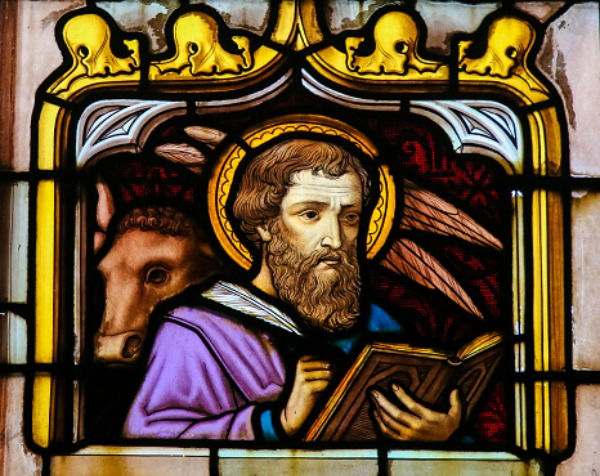Luke's Gospel: Chapters 1, 2
- Dean Gibson
- Mar 7, 2022
- 3 min read
In our world, we have television and radio and the internet to tell us what to think about (and how) all day every day. In the ancient Palestine into which Jesus was born, there was nothing of the sort. Reading the gospel of Luke together, we are invited to enter that earlier world and imagine what it must have been like. Of course, we can’t help but bring our world with us for the trip.
In our opening session, we will spend some time imagining that world. Then we will look closely at how Luke leads us into his account of the stories about Jesus that have been handed down by the eyewitnesses and “servants of the word.”
Here are a few questions to reflect upon after you have read Luke 1.
- First, think about a time when someone asked you to do something that would be difficult or scary, but that you also knew would be good. What was your initial reaction?
- What does the prologue (vv.1-4) tell us about Luke’s purposes and methods?
- Who were Zechariah and Elizabeth (vv. 5-25), what had their life been like before Gabriel’s visit? What are the selective details that Luke chooses to emphasize as he tells their story?
- What are the ways the stories of Zechariah and Mary (vv. 26-38) are similar and different?
- Think of a time God called you to a task or a role—was your response more like Zechariah or like Mary?
- After you read the songs of praise from Mary and Zechariah, ask yourself what would make you celebrate wildly, without inhibition right now.
- What sections of Mary’s song resonate with your own heart and life right now? What provides hope or encouragement?
- In what ways, even small ones, can you be involved in this work that God desires in the world?
- How do you see God’s purposes in the world intersecting with your own life, your personal hopes, dreams, and fears?
Here are a few questions to reflect upon after you have read Luke 2.
- Although the manger itself is not the point of the story of the birth of Jesus, Luke mentions it three times in vv. 1-20. What function does it serve in Luke’s dramatic telling of the story?
- Luke introduces the birth story by taking us way off to Rome and giving us some political details. How is he setting up a contrast between this world and its leaders and Jesus and his kingdom?
- What do we learn about Mary and Joseph in vv. 21-52?
- In the temple, we meet another couple, Simeon and Anna. Describe both the suffering and the hope of the world as they must have experienced it.
- What does Simeon mean when he calls Jesus as “a light of revelation for the nations” (v. 32)? And what does he mean about Jesus causing the “falling and rising of many in Israel” and being “a sign that generates opposition” (V. 34)?
- How do you think Joseph and Mary felt about the words they heard from Simeon and Anna?
- The story of Jesus in the temple (vv. 41-52) shows that Jesus is not someone who does or says the expected. What does he realize about his purposes? What does he say that is startling?
- Out of all the characters you have encountered in the first two chapters, with whom do you identify most and why?



Comments